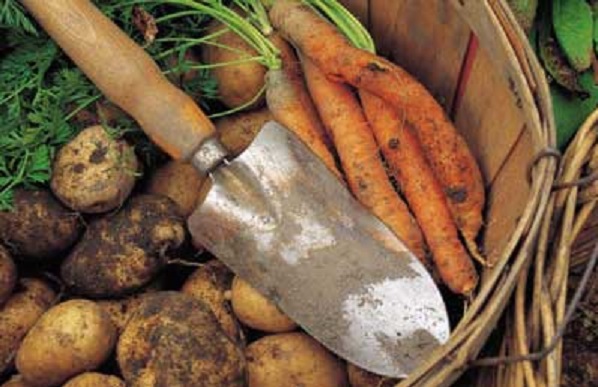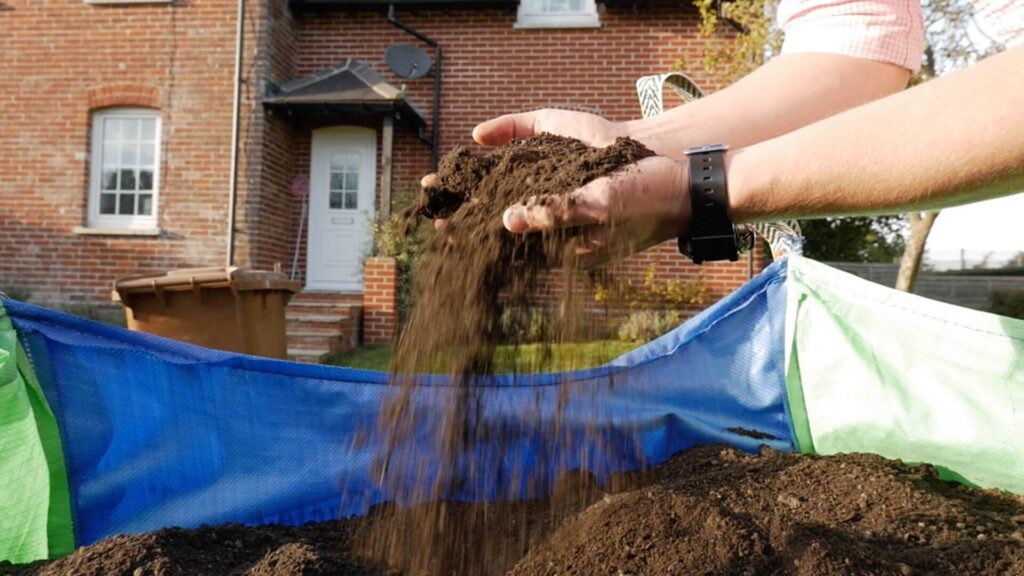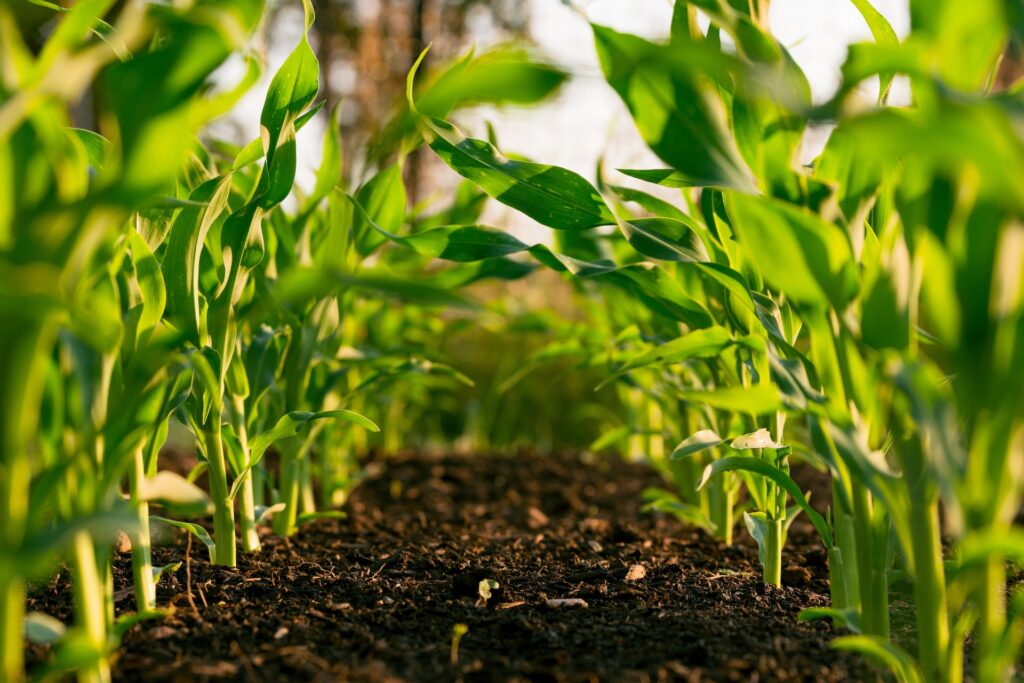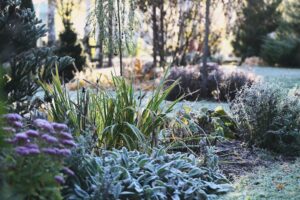Succession planting helps ensure that gardens look beautiful right through the seasons, extending the time when flowers blossom and shrubs bloom. It’s also known as plant succession.
To help you create a beautiful blooming garden, we’ve put together some helpful tips on succession planting.

What is plant succession?
Plant succession, or succession sowing, is a gardening technique used by gardeners to make the most out of their garden space. Plant succession effectively ensures that what you plant or sow comes into flower in stages – so that as one crop or flower finishes, another takes its place.
Benefits of succession planting
Besides prolonging the enjoyment of your outside space, succession planting is beneficial to other users of your garden too. Bees and other pollinating insects need a continuous supply of nectar and if you always have something in flower, they will continue to visit.
Succession planting can also help:
- Keeping your garden free of weeds
- Maintaining the health of your soil
- Reducing the risk of flooding
- Relieving soil erosion
This form of gardening is not just limited to flowers. When planning a scheme, garden designers think of colours, textures and shapes throughout the year, and home gardeners can do the same. It’s about having year-round interest so that when you step outside or look through your window, there’s always something to catch your eye.
If you are lucky enough to have enough space for a tree or trees, the changing colour and shape of the leaves, texture of the bark and structure of the bare branches can all be incorporated into a successive planting plan.

Vegetable Succession planting
Vegetable gardens need successive planting to help with a continuous supply of produce. If you plant out all your lettuces, spring onions, or carrots in one large crop, they’ll all be ready at the same time and then you’ll be left with nothing.
Many vegetables, like spring onions and radishes, don’t take the full growing season to reach harvest, so consider this when choosing your sowing date for your succession garden.
Instead, it makes sense to plant little and often, extending your harvest. So, once one crop is ready to harvest, that space can then be used for another crop immediately. It’s also important to note that once you harvest a crop, you should not grow the same crop in its space; having the same plant or crop can affect the fertility of the soil.
Tips for successful succession planting
Here are some simple tips from our gardening experts to help you with your succession planting:
- Succession planting doesn’t mean that your garden will look the same all year, or that it will always be a riot of colour, but ensures year-round interest in a continually changing cycle.
- When thinking of succession planting, check your garden’s orientation, the amount of sunlight and general conditions throughout the year. The lower winter sun may not manage to creep over the top of a higher fence or hedge, lower-lying areas may become boggy in the wet season, and a tree in full leaf will create more of a shady area in summer than its bare branches will in winter.
- Always choose plants that like the conditions you’re planting them into and give them the best planting material in which to thrive.
- Sow seeds regularly and make a note of the dates.
- Think about the different heights of plants as well as the shapes and colours.
- Mix up evergreens, perennials and annuals to ensure there’s always some growth in each area of your garden.
- Planning is your friend! It may even be worth creating a simple spreadsheet to keep on top of your succession sow dates.
- Mapping your garden into the four seasons and knowing what each item you plant does when will help you create year-round interest.

Peat-free products for your succession planting
As with all gardening projects, use the best material possible to give your plants the conditions they need to thrive. Order bulk bags of our PAS100 Composts, Topsoils, and Soil Conditioners. All our prices are inclusive of delivery in the UK! We even have a handy bulk bag calculator so you can work out exactly how much you need.
We wish you all the ‘success’ with your succession planting! Please do share any pictures you have with us, we love to see our customers’ handiwork!




